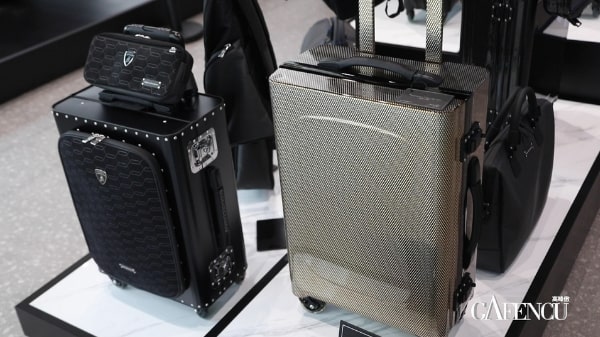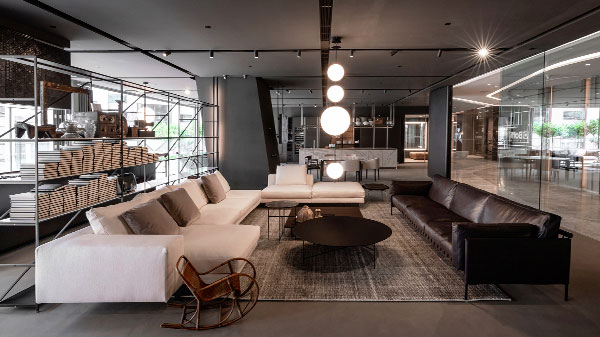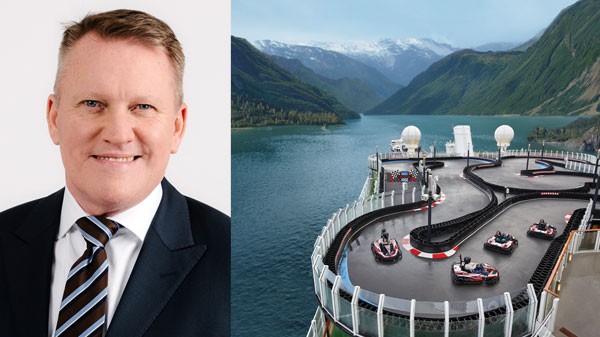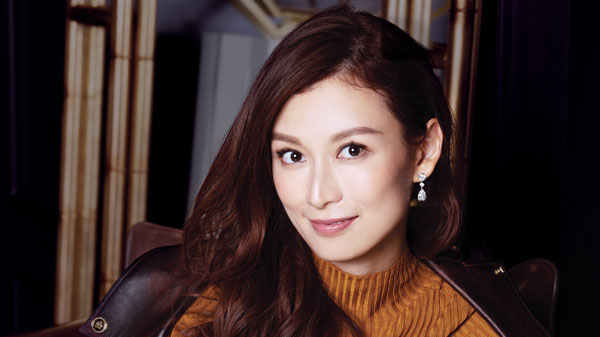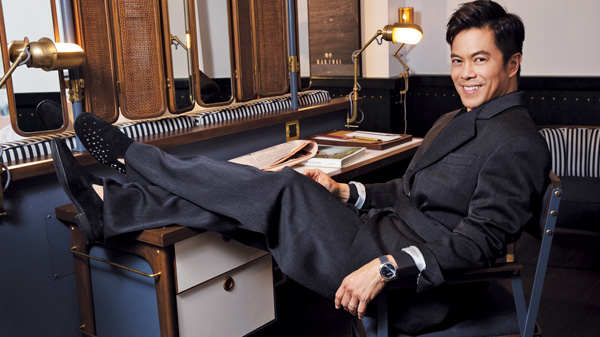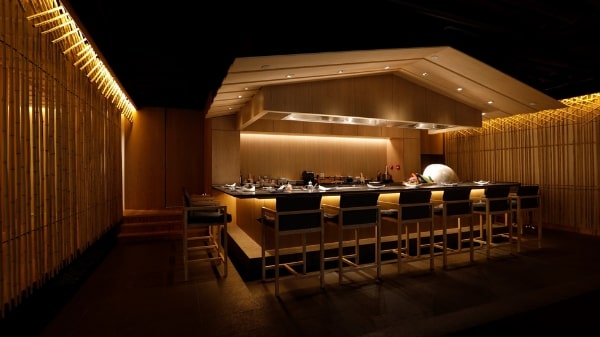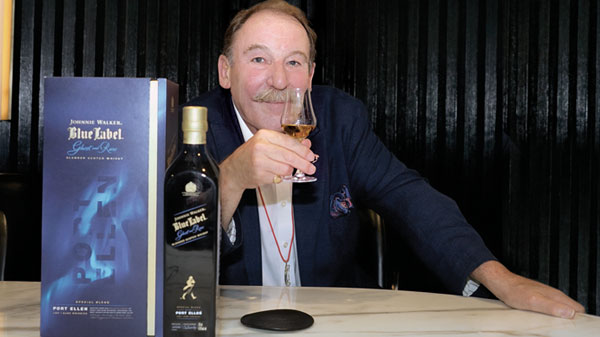For over half a century, luxury yacht maker Princess Yachts has delighted the world’s discerning seafarers with some of the most sumptuous, innovative vessels to grace its oceans. Now, having just launched the new Y85 Flagship Flybridge Motor Yacht and on the eve of the unveiling of its all-new X95 Superfly flagship model in January, Gafencu chats with Kiran Jay Haslam, the brand’s Marketing Director, about its long history and the secrets behind its continued success.

Tell us about Princess Yachts and what sets it apart from competitor brands.
Princess was founded in 1965, and in our 54-year history we have remained true to our mantra of “Crafted in Plymouth, England” – that makes us extremely unique, not just in the world of luxury yachts, but in manufacturing as well, as we still go from raw material to finished yachts on our premises here in the South West of England. We have 3200 full time employees designing, building and delivering our yachts in over 103 countries across the globe, and since the company was founded we have manufactured over 17,800 yachts. Our detail oriented and sophisticated design processes are leading in the luxury yacht sector.

How has the luxury yachting industry evolved over the past decade? What new features are customers looking for?
Customers are always after luxury – and for us that is defined as design simplicity and a level of relaxation and comfort that is second to none. It is quite complicated to design something that is simple – and quite simple to design something that is complicated! So we see more customers looking for that design simplicity. The truly revolutionary change is coming, however, as never before have we had so many customers expressing a desire to embrace eco-friendly and sustainable materials and products. Princess customers are also continuously looking for a yacht that allows that wonderful interaction of a group of friends or family aboard. The typical features we see our customers appreciated are strong seakeeping and safety, and space! You can never have enough space aboard, so we are always redefining space and looking at packaging that space to provide as much opportunity to store and enjoy extended time aboard.

Can you introduce us to the new Y85 Flagship Flybridge Motor Yacht? How does it differ from its predecessors, and what new innovations can be found on board?
This is a truly exciting product in our range. It is a mini megayacht! And by that I mean, we have squeezed some wonderful features that one would expect to see on a megayacht but on an 85ft hull. Privacy for guests in the main saloon, a converting open-closed galley, expansive glazing bringing in the outside world, a jacuzzi on the flybridge, and four cabins with one a full beam master cabin. The exterior space is exceptional and we have applied our detailed approach from our interiors to the outside surfaces and finishes.
You’ll also be unveiling a new design – the X95 – in January. Tell us more about this upcoming launch.
Well, the X95 is the first of our X Class – our new flagship line of Superfly yachts. It re-invents space aboard, with volume that is class leading. We have developed a very efficient wave piercing bow, and the result is an incredible weight distribution and hull performance that is stable and safe in even the roughest of weather conditions. The design of the X is very ship-like and vertical, and we have 5 cabins, an enormous cockpit, skylounge, and the best part? The super flybridge! We have called this product “superbly” as the 29 metre yachts had a 22 metre-long flybridge that connects the aft deck with the foredeck. This yacht has more interior space than our 35M, and even prior to launch it is our most successful model – in terms of pre-launch sales. We will give visitors an under-the-skin experience at boot Dusseldorf in January, and the first customers will take delivery of their boats throughout 2020. I invite Gafencu readers to join us for the Dusseldorf boat show to also experience this!

How important is the Hong Kong / Greater China market to Princess Yachts, and what unique design influences are crafted for this region?
Hong Kong and China are very important markets for Princess. Hong Kong has always been a yacht-savvy marketplace, however, the Chinese market is really developing rapidly into a yacht connoisseur market place, too. I often get asked what design features and influences do we craft for Asia, and I must say, I never like to patronise or generalise on a culture specific level, so my answer is simply: we design and craft features for each and every one of our customers, specific to their individual tastes. Most owners really just want a unique way to make their boat individual without compromising on functionality, performance or safety.
Thank you.




